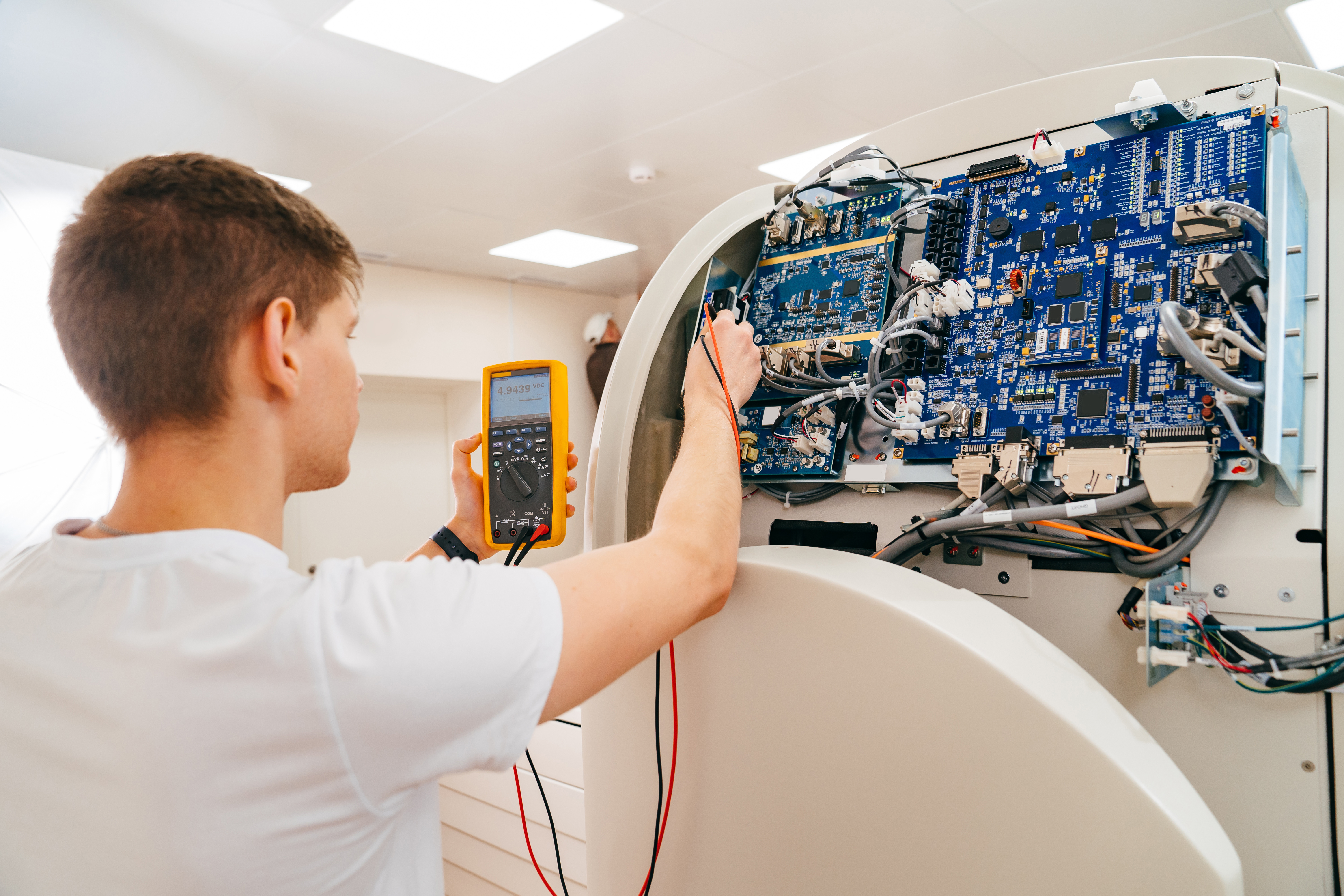The Challenge: Modernizing Frontline Systems Training at NOV
By Skyllful on June 14, 2024

Operational Efficiency and Skill Building:
Focus on Efficiency: NOV’s internal objective was to maximize operational efficiency, crucial for maintaining a competitive edge in the energy industry. Efficient operations mean lower costs, higher productivity, and better service quality.
Importance of Continuous Learning: In an industry driven by technology, continuous skills-building and education are essential. NOV needed to ensure its workforce, especially field service personnel, stayed updated with the latest operational capabilities, technical workflows, and upgrades.
Complex Product Range:
Diverse Portfolio: NOV’s product array includes over 100 sophisticated pieces of equipment and technologies designed for the global energy industry. This diverse portfolio requires a highly knowledgeable and proficient workforce to operate and maintain these products effectively.
Technician Proficiency: Ensuring the proficiency of NOV’s field service personnel is critical. These technicians are the frontline operators who must understand the intricacies of advanced tools and systems to ensure smooth operations and high service standards.
Training Challenges:
Traditional Training Model: NOV’s previous training protocol was extensive and resource-intensive. Technicians were required to travel to Houston for a three-week training program, which included practical sessions to master products like the RigSense™ 4.0 electronic drilling recorder (EDR).
High Costs: The traditional training model imposed significant costs on NOV, including travel expenses, meal and lodging costs, and the temporary reassignment of field service supervisors to conduct training.
Time-Consuming: The three-week duration of the training program meant a considerable time investment for both technicians and supervisors, impacting overall productivity and operational efficiency.
Need for Modernization:
Efficient Training Approach: NOV required a more efficient, streamlined training approach that could reduce costs and time commitments while maintaining high training standards.
Ensuring Technology Adoption: The company needed a solution that would not only train technicians effectively but also ensure the smooth adoption of mission-critical technology. This involved making sure that technicians comprehended the rationale behind their actions rather than merely memorizing procedures.
Conclusion:
The challenges NOV faced in its traditional training methods highlighted the urgent need for modernization. The company aimed to transform its training approach to be more cost-effective, time-efficient, and conducive to the rapid adoption of new technologies. In the next post, we will explore the specific goals NOV set to achieve these improvements and how they planned to address the identified pain points.
Read the full case study here.
You May Also Like These

Increase the Effectiveness of Training Programs with Employee Feedback
When creating a training program, companies often forget the importance of employee input. Learn how to reduce employee resistance to training by involving them in the development process.

MMMM #45 - Customer Centric Design / End User Training
Customer centric design and End user training Enterprise Mobile application for field service iPhone smartphone support

From Sales Reps to Service Techs: Why Med Device Field Teams Need Purpose-Built Digital Training
Discover why medical device field teams, from sales reps to service techs, need digital training to drive compliance, productivity, and customer trust.